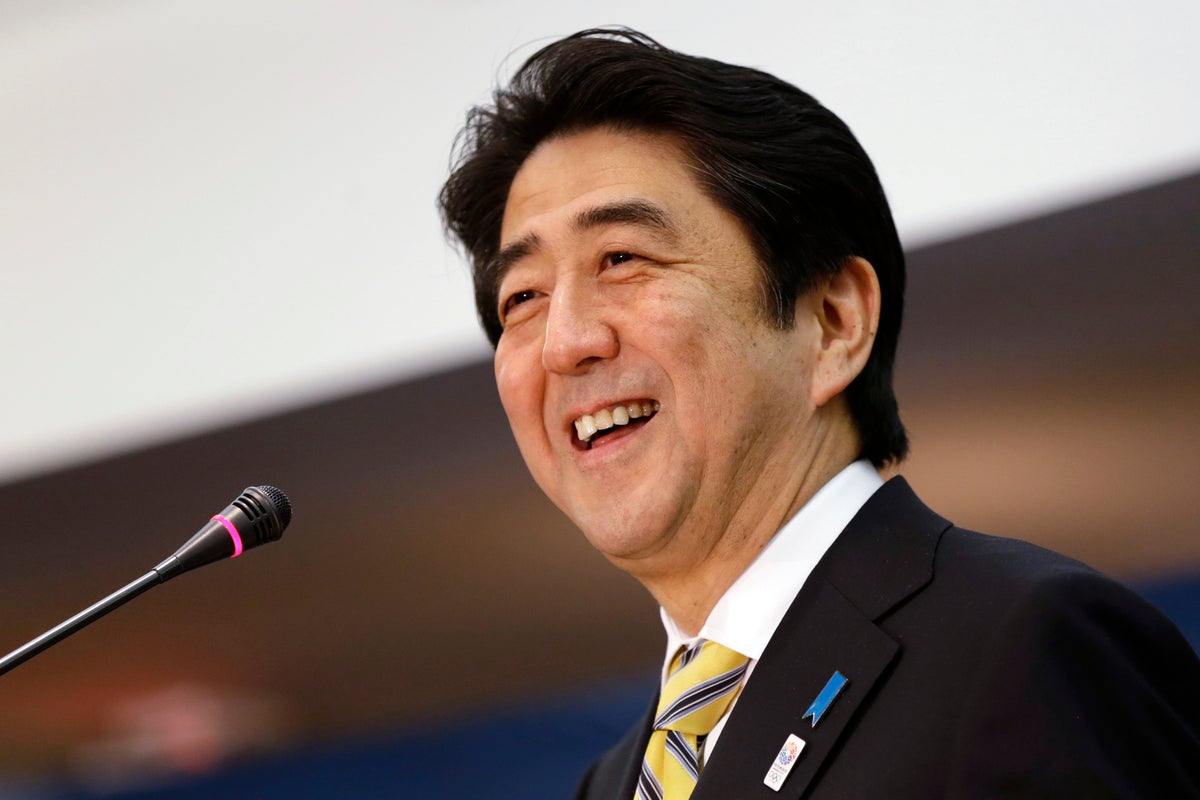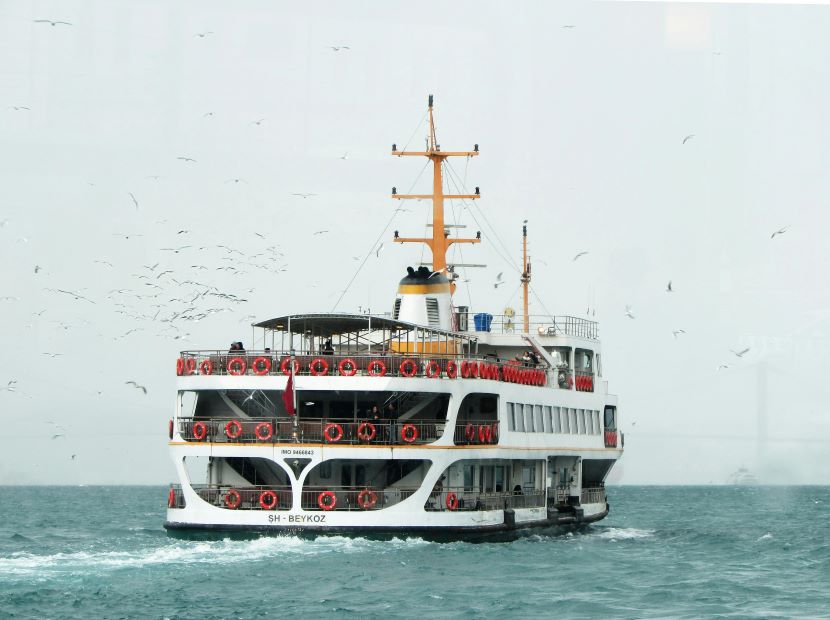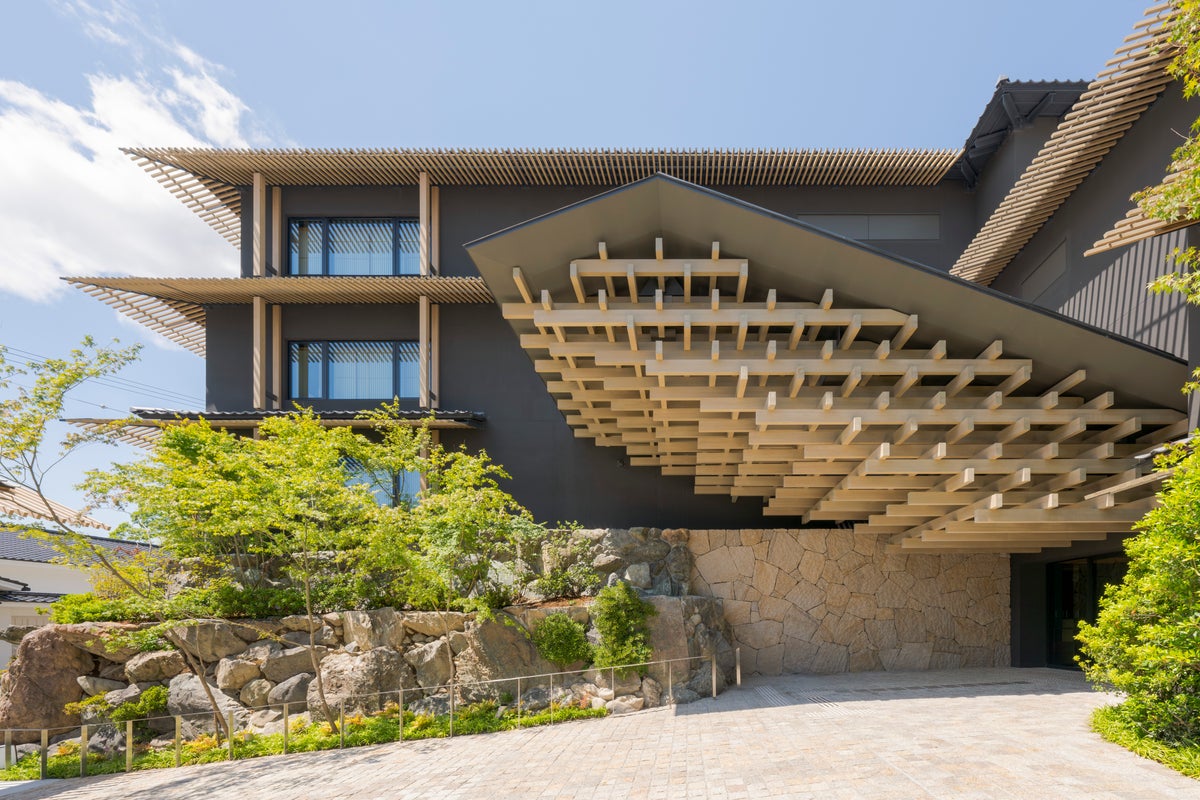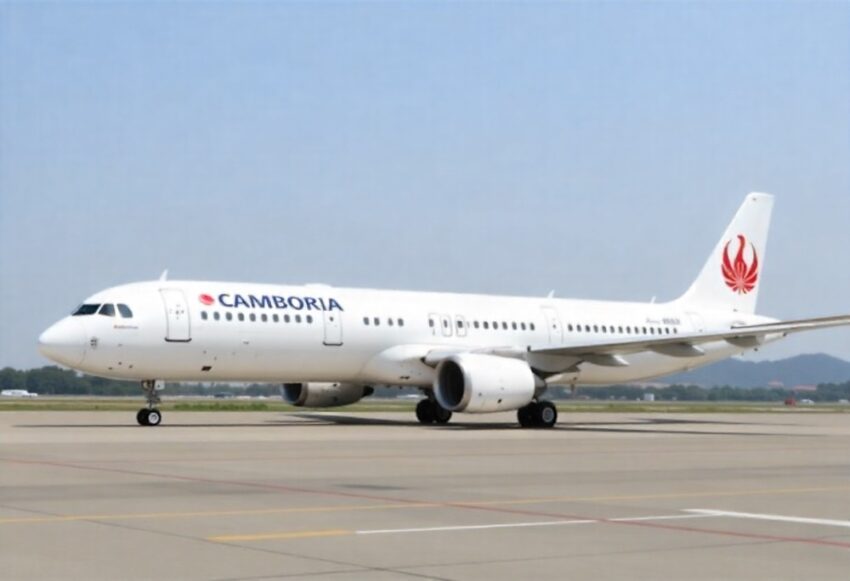ZIPAIR’s nonstop service from Tokyo to Orlando in 2026 marks a historic milestone with exclusive Disney experiences for travelers and easy access to Florida’s best attractions

In 2026, ZIPAIR will begin offering nonstop service between Tokyo and Orlando. Japan will be remodeling the Orlando and Florida region and will allow more travelers to visit Orlando and access Florida attractions. This service will be the first nonstop service between Japan and Orlando, and will allow residents to access all the famous attractions, including the Walt Disney World Resort, in a matter of hours. ZIPAIR has organized additional experience enhancements, including private Disney character greetings and nonstop access to exclusive Disney events. This service also builds important relationships and business opportunities for travelers wanting to visit all that Florida has to offer.
In an exciting development for travelers between Japan and Florida, ZIPAIR, the low-cost subsidiary of Japan Airlines, is preparing to operate the first-ever nonstop passenger flights between Tokyo and Orlando. This historic route, scheduled to launch in early 2026, marks a significant milestone for both regions, which have long sought a direct link across the Pacific.
ZIPAIR’s charter service will connect Tokyo Narita Airport (NRT) with Orlando International Airport (MCO), offering a convenient and direct travel option between these two popular destinations. The service will operate four round-trip flights on February 23, February 28, March 5, and March 10, 2026. The 7,251-mile route will be served by the airline’s state-of-the-art Boeing 787-8 Dreamliner, which features ZIP Full-Flat seats, offering passengers a premium travel experience in an affordable, low-cost format.
Each flight will depart from Narita Airport in the afternoon and arrive in Orlando on the same day, while return flights will leave Orlando in the afternoon and land in Tokyo the following evening. Tickets will go on sale in early December 2025 through ZIPAIR’s official website, with the airline aiming to make this groundbreaking service accessible to a wide range of travelers.
A Charter Service with Strong Support
These special charter flights will be operated with strong backing from local tourism and economic development authorities, aiming to foster stronger travel, cultural exchange, and business connections between Japan and Central Florida. This collaboration is designed to boost tourism and generate economic benefits for both regions.
The ZIPAIR Tokyo team has expressed excitement about this new route, calling it a “historic achievement.” Orlando’s global appeal, combined with ZIPAIR’s affordable long-haul travel model, makes this flight an ideal gateway for both leisure and business travelers looking for an affordable and direct route to the U.S. East Coast.
Disney Joins the Flight Adventure
As part of the launch of this new service, ZIPAIR has partnered with Disney Destinations International to offer exclusive perks for travelers who visit Walt Disney World Resort in Florida. These exclusive benefits will include a private Disney character greeting and access to a reserved viewing area for the EPCOT Luminous: The Symphony of Us night show, complete with special desserts for an unforgettable experience.
This partnership highlights how the new nonstop flights from Tokyo to Orlando will make Walt Disney World more accessible to Japanese visitors, making it easier for families and tourists to enjoy the magic of the theme park.
Historic First for Orlando and Florida
According to the Greater Orlando Aviation Authority, this service represents not only the first-ever direct flight between Tokyo and Orlando but also the first nonstop passenger connection between Florida and any destination in North Asia. This milestone further emphasizes the growing importance of Orlando as an international travel hub, showcasing its ability to connect with global destinations.
This inaugural service is also expected to draw attention to Orlando’s significant tourism industry, with an increasing number of international travelers looking to visit its world-class theme parks and entertainment offerings.
Is This Just a Trial or the Start of Regular Service?
While the new ZIPAIR flights are an exciting development, they will initially be offered as charter services, with aviation and tourism officials closely monitoring demand. This experiment will help determine whether there is sufficient interest and sustainable demand to transition these flights into regular scheduled services.
Charter services often rely on promotional funding and are typically used as a means to test the viability of new routes before committing to permanent operations. As seen in previous instances, charter flights rarely evolve into regular services unless there is a strong demand for the route. With the focus on leisure travel between Tokyo and Orlando, the route will likely appeal to tourists looking for a direct and cost-effective way to visit Florida’s renowned attractions. However, it remains uncertain whether ZIPAIR or other airlines will continue the route beyond these initial four flights.
Orlando: More Than Just Theme Parks
While Orlando is widely known for its famous theme parks, it offers much more than roller coasters and tourist attractions. Orlando is a city that balances high-energy entertainment with calm natural escapes, making it a well-rounded destination for all types of travelers.
The city’s central location is perfect for exploring both major tourist zones and the surrounding areas. Visitors arriving at Orlando International Airport (MCO) can expect a quick 15-minute drive to downtown Orlando or any of the major resorts. For those looking to explore beyond the parks, the city offers diverse attractions, including nature parks, museums, and outdoor activities.
Orlando’s weather also contributes to its appeal. The city enjoys a sunny climate year-round, with spring and fall offering the perfect balance of warm weather and minimal rain. For travelers who prefer fewer crowds, visiting during off-peak seasons (January to mid-February or September to early November) can provide a more relaxed and budget-friendly experience.
What to Do in Orlando Beyond the Parks
Though Walt Disney World and Universal Orlando Resort are the main attractions, Orlando offers a variety of exciting alternatives for those looking to venture outside the theme parks. Visitors can enjoy helicopter night tours to see the skyline over ICON Park, Disney, and Universal, or embark on a drive-thru safari at Wild Florida where they can encounter giraffes, zebras, and bison.
For those seeking day-trip options, the Kennedy Space Center, St. Augustine, Clearwater Beach, and Crystal River offer unique experiences that allow visitors to explore other iconic Florida landmarks.
Where to Stay in Orlando
Whether you’re looking for luxury, mid-range, or family-friendly options, Orlando has a variety of accommodations to suit every budget and preference. Visitors can choose from upscale resorts like the Four Seasons Resort Orlando, or opt for more budget-conscious options like Universal’s Cabana Bay Beach Resort, which provides early park admission perks for guests.
For a more intimate experience, the Grand Bohemian Hotel offers a downtown boutique stay, complete with a rooftop pool and an impressive art collection. Additionally, STK Orlando serves as a great dining spot with its modern steakhouse ambiance, while Café Tu Tu Tango offers a creative and lively atmosphere for those looking to enjoy tapas and live art performances.
Dining in Orlando
Orlando’s food scene is as diverse as its attractions. Visitors can indulge in fine dining experiences like Victoria & Albert’s at Disney’s Grand Floridian Resort, or enjoy waterfront seafood at The Boathouse at Disney Springs. The city also boasts a wide range of international cuisine, from French breakfasts at Le Café de Paris to authentic Italian dishes at Christini’s Ristorante Italiano.
In 2026, ZIPAIR will begin its first-ever nonstop flights connecting Tokyo to Orlando. This development will grant Japanese travelers direct access to everything Florida has to offer–including the magic of Disney. ZIPAIR has never specialized in this type of service, so this service will provide special convenience, highlighted by Disney VIP access, unparalleled in the scope of Florida Disneyland.
The first nonstop flights ever to be offered by ZIPAIR will open new opportunities for travelers and exchange on so many levels. It will be interesting to see if Japan and Florida will be able to integrate nonstop flights in their regular transit. New flights, new opportunities. This is especially true for the collaboration between Disney and local Orlando tourism.
The post ZIPAIR’s nonstop service from Tokyo to Orlando in 2026 marks a historic milestone with exclusive Disney experiences for travelers and easy access to Florida’s best attractions appeared first on Travel And Tour World.



 A Fully Regulated Digital Yen Bridging Japan’s Finance and Web3
A Fully Regulated Digital Yen Bridging Japan’s Finance and Web3







